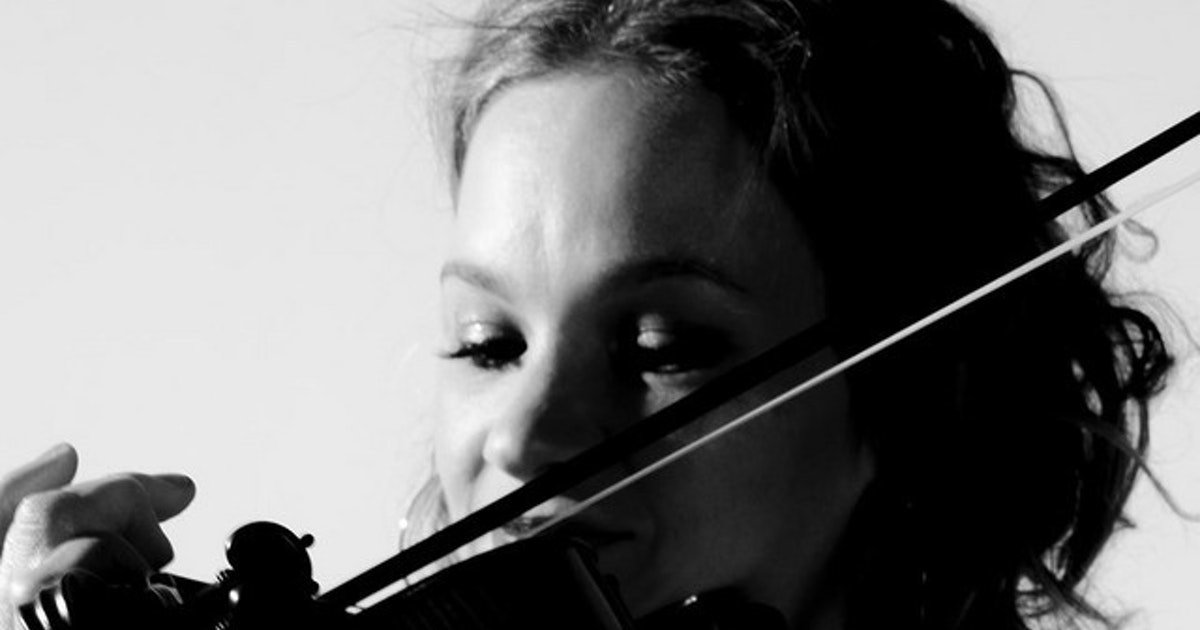Swensen makes a bold, brash debut in DC

What will he sound like 10 years from now?
Young Concert Artists of Washington has an impressive, decades-long track record for picking the next generation of marquee musicians, and I strongly endorse their latest find, cellist Jonathan Swensen, who made a brash, bold, and successful D.C. debut last night in the Kennedy Center’s Terrace Theater. Son of the American violinist & conductor Joseph Swensen, this 22-year-old artist grew up and studied in Denmark and Norway, and has been winning a brace of international competitions in addition to his YCA selection.
The program’s centerpiece was the longest, most fearsome work in the recital repertoire, Kodaly’s Solo Sonata. It pushes the player to the very brink, calling for every imaginable instrumental skill in a half-hour-long obstacle course of ever-higher hurdles. I can recall hearing it only twice before in 30 years of concertgoing here, and understandably so, as it exposes instrumental weaknesses that would be apparent nowhere else. That Swensen would attempt to scale this Matterhorn on his very first visit would seem an act of youthful foolishness, but his self-confidence was entirely justified.
Tearing into the instrument from the opening gesture (and breaking a half-dozen bow-hairs by the end of the piece), Swensen fearlessly navigated all four corners of the fingerboard and pushed through all of the virtuoso passages with aplomb. Technically, there was little to criticize – a few tiny slips are inevitable in such a piece, but nothing dislodged his concentration. He did let the momentum sag during the slower monophonic passages in the first two movements; when there’s just a single line of music it’s best not to dawdle too much. But for the rest, his musical ideas were fresh and impassioned, and his command of the instrument realized everything with easy clarity.
His opener, Beethoven’s “Bei Männern” Variations, was a little tentative. Intonation wasn’t dead-on at first, and his palette of colors wasn’t very sophisticated (slow music doesn’t always call for slow vibrato). But the performance slowly gained in conviction, helped by veteran pianist Noreen Cassidy-Polera.
After intermission came the ubiquitous Franck Sonata. I can’t imagine how many times Ms. Cassidy-Polera must have played this piece, in top rotation for both violin and cello, but she continues to find new, interesting voicings, particularly in the middle two movements. Her complete mastery and sensitivity is the most powerful argument one could make for why string recitals should be played with the piano lid on the short stick. Swensen produces a rich, healthy cello sonority, bigger than some more famous cellists I could name. Cassidy-Polera, with all her sensitivity, still couldn’t avoid covering Swensen in the loudest spots (and even not-so-loud spots like his noodling runs in the Allegro). Balance problems aside, this performance didn’t sound like an impetuous young person; Swensen took his time (and more besides) in the gentle spots and sprang forward whenever the musical sap rose.
So, what is that Heifetz, Rostropovich, Stern, Francescatti, Oistrakh, Perlman, Milstein, Fournier, and Kremer figured out that young folks today haven’t yet? None of these artists were known for a small sound, and all of them performed with the piano lid down. Swensen’s instrument is nothing special (Pierre Flambeau, a little-known 19th-century French luthier), but he made it sound like a great Cremonese example, his full-throated roar in the upper registers rivaling that of any cellist out there today.
It is exciting to hear such talent, and even more so to imagine what he’ll become with another 10 years of growth and experience.





